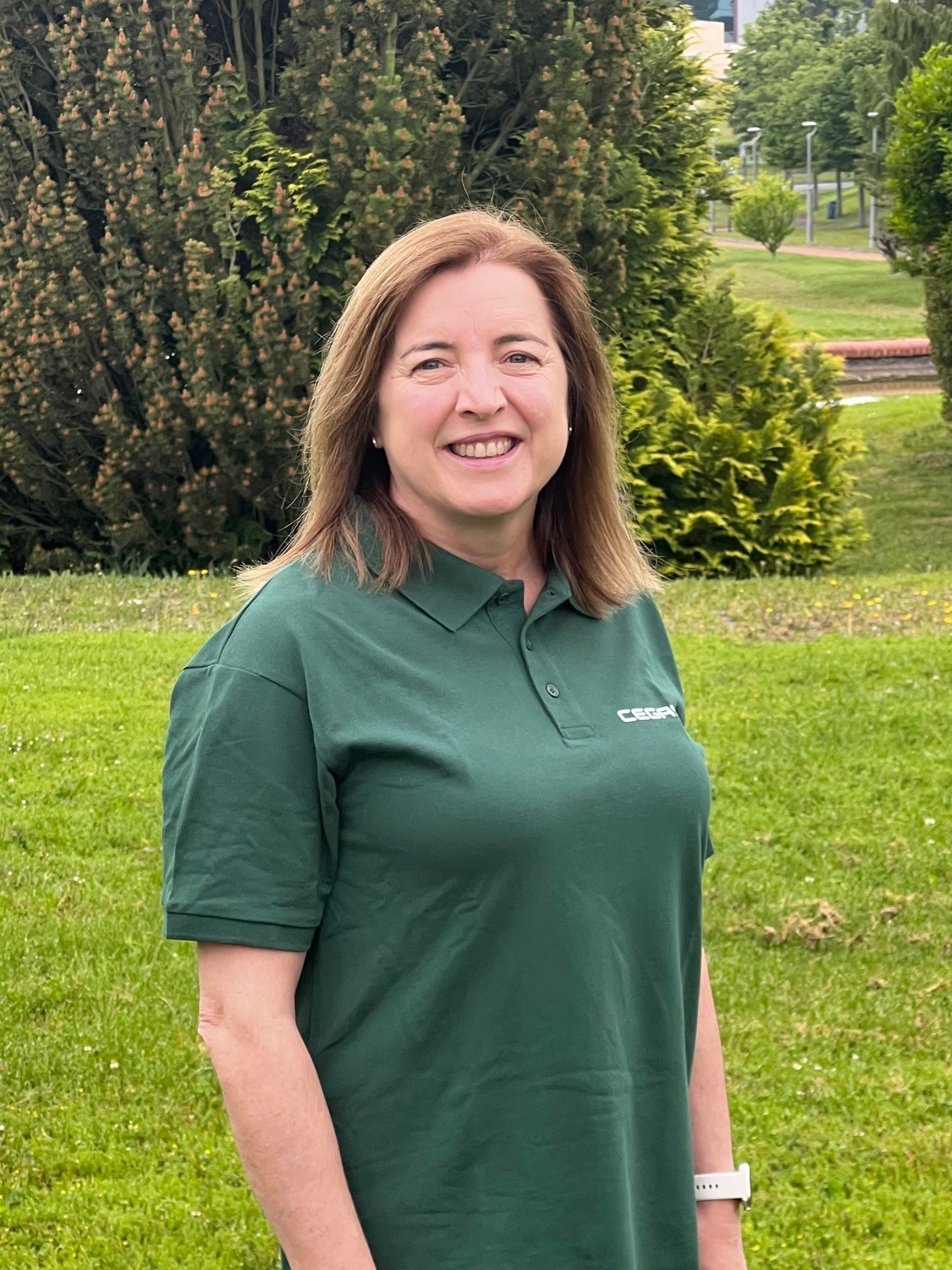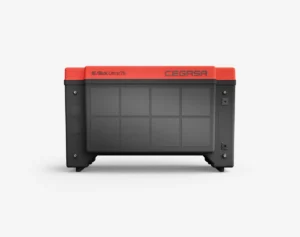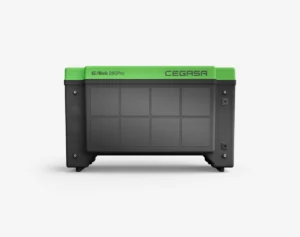
The installation of multiple technologies aimed at optimizing the use of renewable energy on Borkum is well underway as part of the ISLANDER project. This includes a range of household and building solutions, a hydrogen storage system, a seawater district heating system, and a power-intensive energy storage system. All of these technologies will be integrated and managed through a Smart IT platform developed by project partner AYESA.
In an interview with Begoña Gomez, project manager at Cegasa, discusses the role that Li-Ion storage systems play in the ISLANDER project and how they contribute to the island’s decarbonization goals.
What is the function of the Li-Ion Storage System and what role does it play in the ISLANDER project?
The Li-Ion Storage System is a type of rechargeable battery technology used to store electricity, typically generated from renewable sources such as wind and solar power. This stored energy can be utilized during periods when renewable sources are not producing energy, such as at night or during calm weather, as well as during peak demand periods.
In the ISLANDER project, the Li-Ion Storage Systems work alongside other technologies to ensure that energy from local renewable sources is effectively stored and utilized. This includes balancing supply and demand and stabilising the grid.
In other words, Li-Ion Storage systems facilitate the integration of renewable energy, provide short-term backup power, and help reduce the island’s dependence on fossil fuels. This contributes to a stable, reliable power supply and supports Borkum’s transition to a decarbonised and self-sufficient energy system. The ISLANDER project is therefore a critical component of the island’s efforts to become carbon neutral by 2030.
Where on Borkum will the Li-Ion Storage Systems be installed?
The Li-Ion Storage Systems will be strategically installed across various locations on the island of Borkum. This includes the installation of 30 residential systems and 3 building systems, each integrating photovoltaic panels with Li-Ion batteries to provide local energy storage. Additionally, the ISLANDER project will introduce hybrid energy storage systems designed for peak shaving and intra-day storage, combining ultracapacitors with Li-ion batteries to improve energy management.
How much storage capacity will the systems provide to the island?
Each home system will have a 13 kWh battery, providing a total storage capacity of 194 MWh per year, while each building system will have a 70 kWh battery, providing a total storage capacity of 244 MWh per year. This ensures a reliable source of energy when needed. All system components, including the batteries, will be managed by an intelligent IT platform for local energy balancing and aggregation.
In addition, the ISLANDER project will introduce advanced hybrid storage solutions. These include ultracapacitors capable of providing up to 1 MW of power during peak demand periods. Combined with 1 MWh lithium-ion batteries that store energy for several hours or days, these systems will efficiently manage energy use and reduce the need for costly grid upgrades.
Who will benefit from the installations?
The entire island community will benefit from a more stable, resilient and efficient energy grid, reduced greenhouse gas emissions, and a significant step towards achieving the island’s goal of becoming emission-free by 2030. The innovative technologies and systems will contribute to a more resilient and sustainable energy infrastructure. In addition, the residents of the 30 houses and the occupants of the three larger buildings will benefit from reduced energy costs, increased energy reliability and a cleaner energy supply.
When will the installations be completed?
Although the installation schedule has been delayed due to late delivery of some electronic components, the ISLANDER project team is working diligently to finalise the schedule. Updates on the completion date will be provided as the project progresses.
For more information on the Li-Ion storage system, you can access the user manual: https://islander-project.eu/wp-content/uploads/2024/09/manual-ebick-ultra.pdf


Follow us